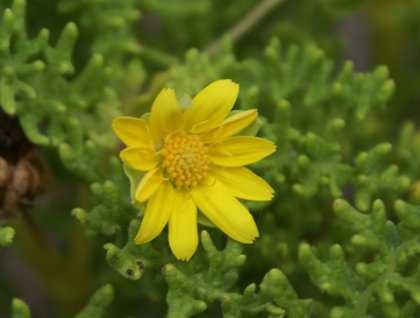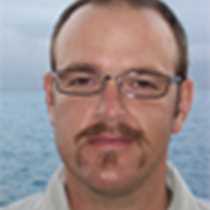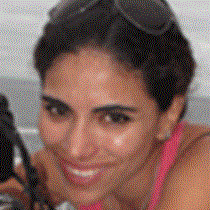As we continue our exploration of this archipelago we encounter an island that is rich with human history, Floreana. This island was popular due to it having fresh water and food in the form of giant tortoises. Sailing vessels continuously searched for this combination especially in the early 1800’s and this island is most famous for the visit of the HMS Beagles and Charles Darwin in 1835.
Our day starts early as we land at Cormorant Point, which is named for the HMS Cormorant. Green-tinged sand is underfoot as we disembark and upon closer inspection we find olivine crystals that were formed during its volcanic past. A brackish pond is found inland that is a rich environment for shore birds including great flamingos that are feeding in the shallows. Endemic representatives of the sunflower family give the path color and form with the Floreana daisy standing out. After a short walk we come to the windward side of the site and a coralline sand beach. Hundreds of Pacific green turtles placed their nests on the back dune area and we encounter a couple of tracks from the night before.
Upon our return our captain repositions the ship to Champion Island. Champion is one of the last sites were the Floreana mockingbird has survived. Due to the human-caused impact on Floreana, which includes the introduction of invasive rats, the mockingbirds can only survive on the satellite islands. As we circumnavigate the islet in the Zodiacs we are able to find the mockingbirds, which will eventually be reintroduced to Floreana after a restoration of the island. An underwater exploration of Champion brings us in contact with very playful sea lion pups that have decided that we are the worth the time to play with. White-tipped reef sharks swim gracefully against the current and large polarized schools of black-striped salemas hover above the underwater cliff shelves.
Continuing on Floreana Island we visit Post Office Bay in the afternoon. A post barrel was placed here in the late 1700’s to facilitate communication with England and the whaling ships that were whaling here. Many take on the responsibility to hand deliver postcards as they return to their homes and we are able to leave post cards to eventually be taken. A sunset ends our day as we have been part of the history of the Galapagos.






